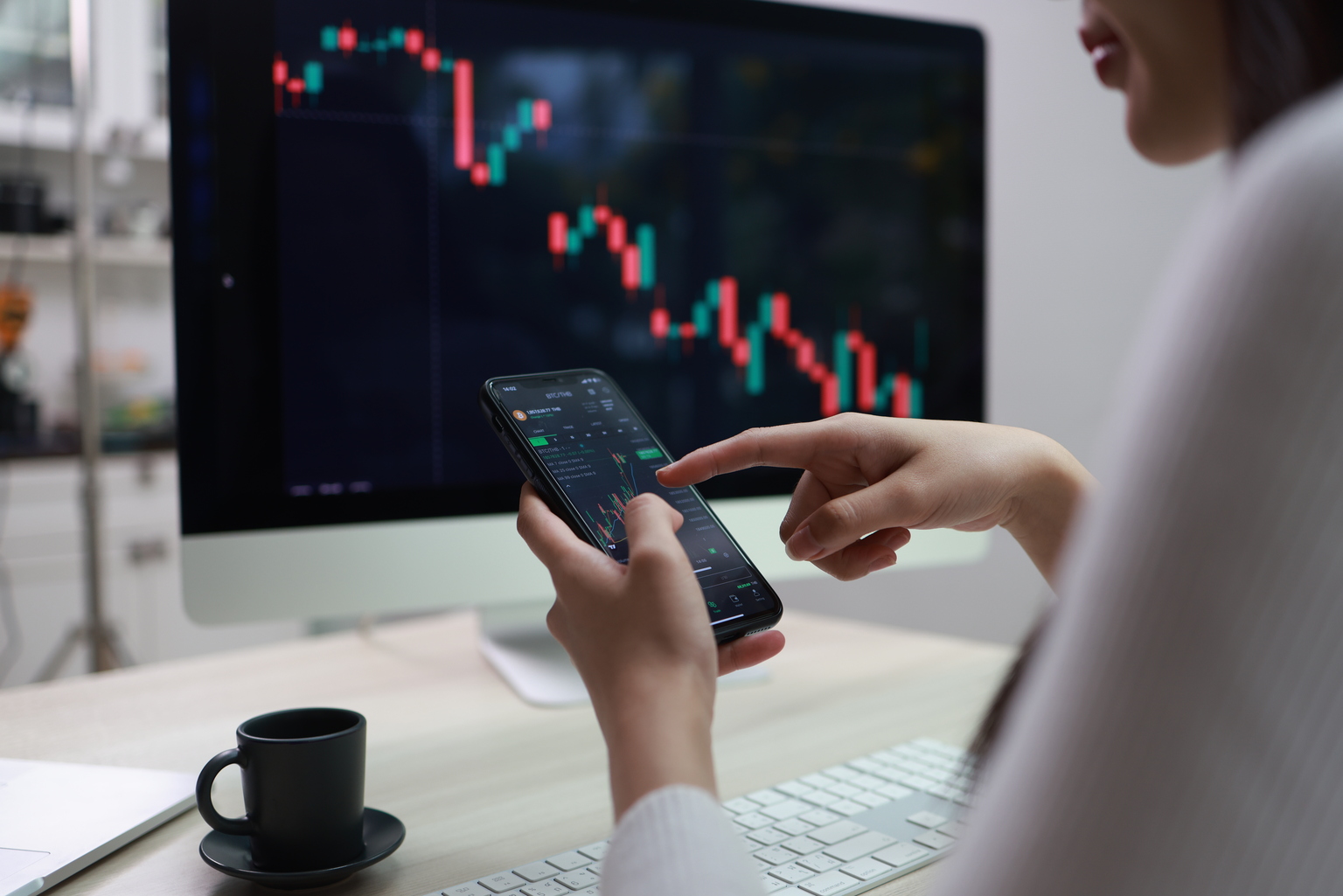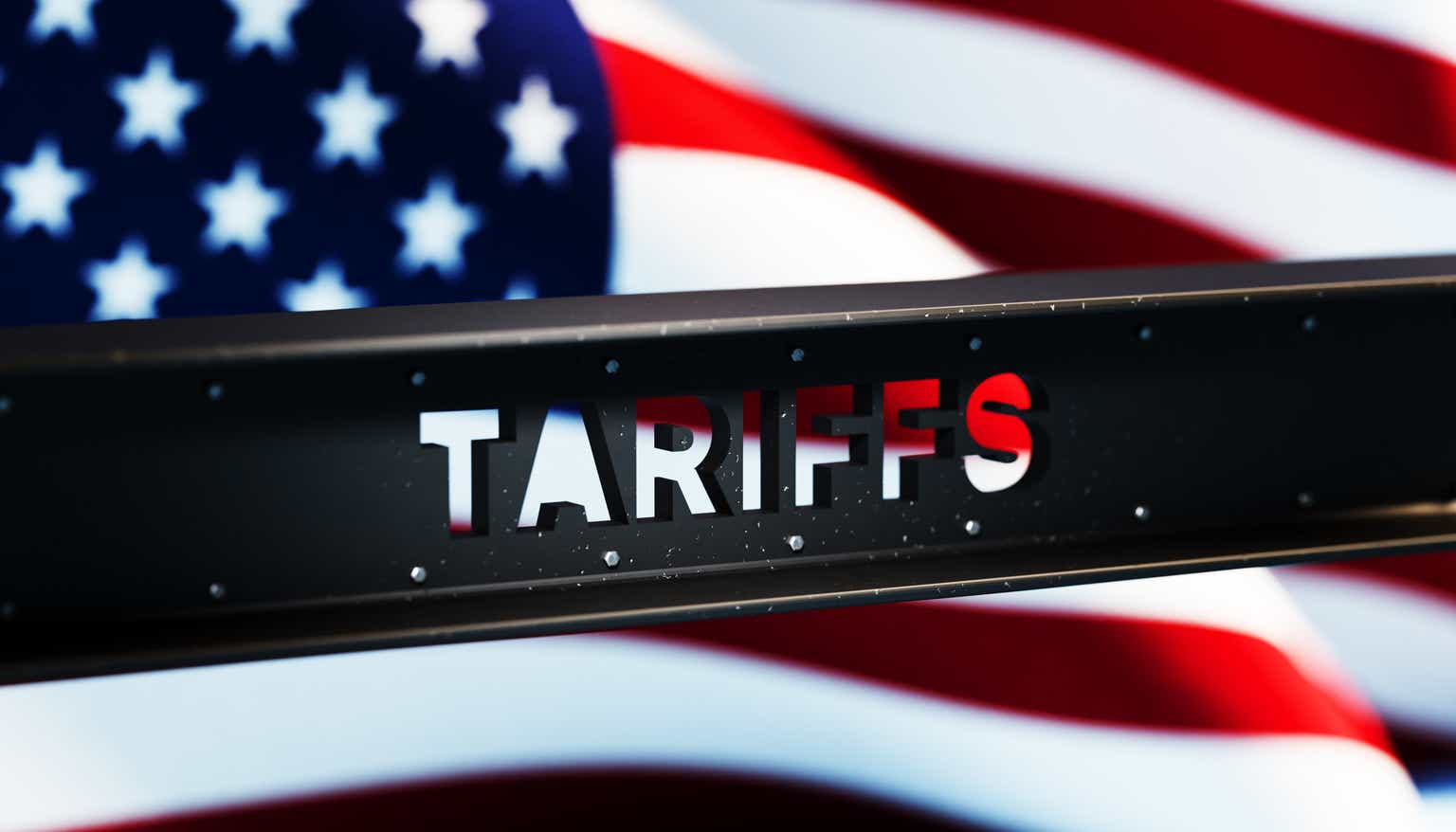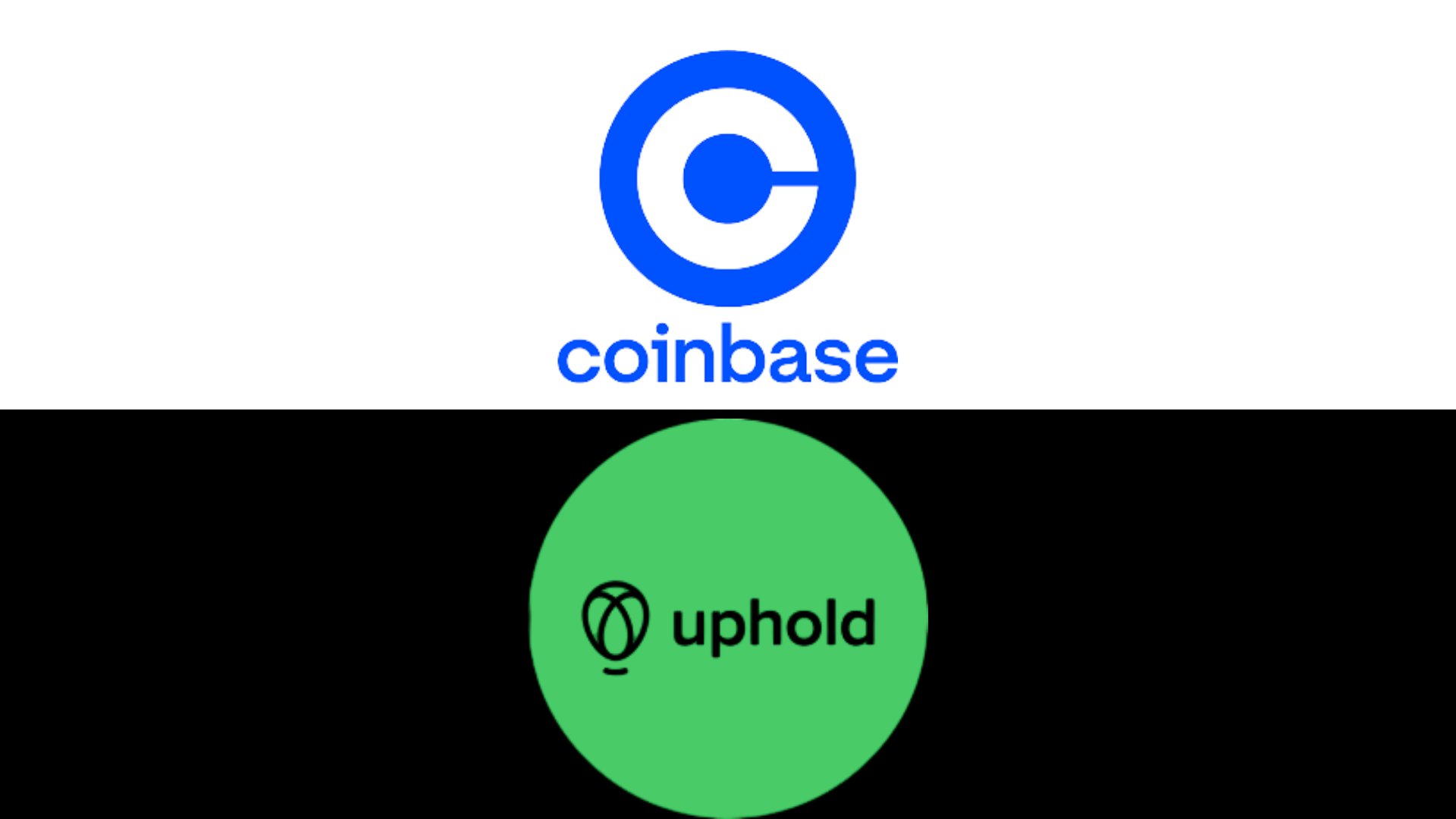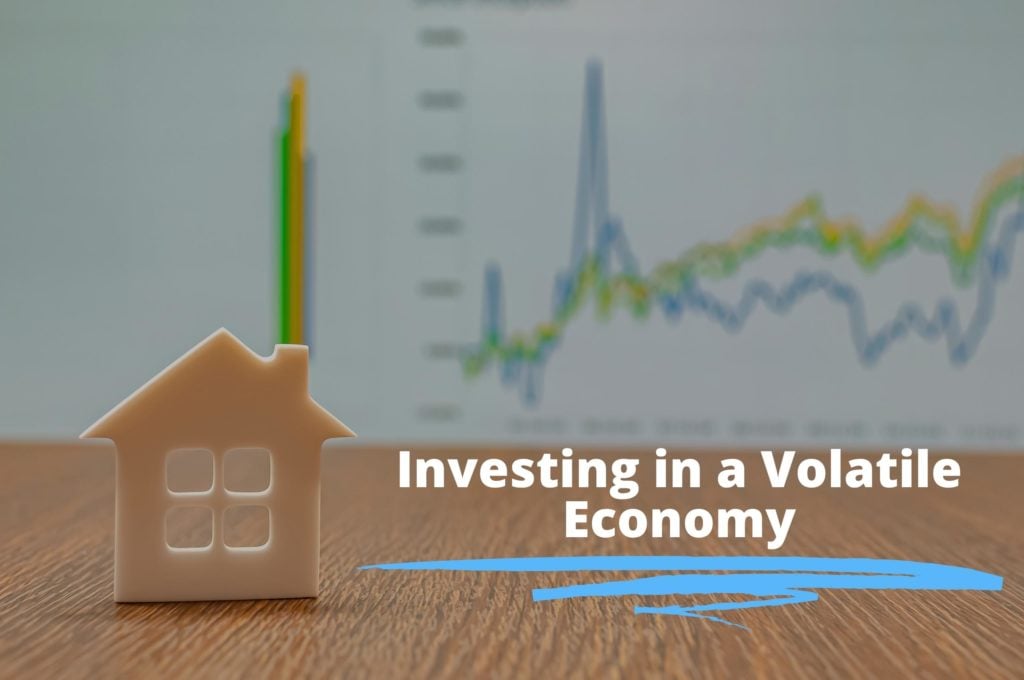Seiya Tabuchi/iStock via Getty Images
The price of gold has been on a steady climb upward this year, despite a negative backdrop for the precious metal. Kim Parlee speaks with Daniel Ghali, Senior Commodity Strategist at TD Securities, about the forces driving prices higher.
Transcript
Kim Parlee: It’s been a good start for gold in 2023 so far with the price of the shiny metal already rising around 5%, but my guest says the backdrop for gold is still bearish, which begs the question, who or what is driving up the price of gold right now? Joining me now, Daniel Ghali, a senior commodity strategist at TD Securities. It is great to have you here. You’ve got a report, which is actually called “Who’s the Mystery Gold Buyer?,” which we’ll get into a second. But before we get into why the price of gold is up, you say the backdrop of gold is still bearish. How come?
Daniel Ghali: Right. Yeah. Well, first of all, thanks for having me, Kim. The backdrop for gold is still bearish. And mind you, the rally in gold prices right now is actually consistent with the typical textbook playbook that you’d see heading into a recession. Gold prices tend to rally because people expect the Fed to start cutting rates.
I think what’s specifically different this time around is the outlook for inflation. Evidently, inflation has peaked. But when you talk to the smartest economists out there, what they’re really looking at is specifically core inflation in the service sector, which tends to be supported by wages. And what’s different this cycle is that we have a ton of baby boomers that are retiring early. And that’s keeping the labor market structurally tight, which should keep service sector inflation sticky, and in turn, will be a constraint on the Fed to cut rates. That’s really the bearish macro driver for gold.
Kim Parlee: Yeah. Which, again, if the reason you’re buying because you think inflation is going down, you could be wrong, just to paraphrase in terms of what people might be thinking right now. Let’s get to your report — great title for it — “Who’s the Mystery Gold Buyer?,” because someone’s in there. So what’s the answer?
Daniel Ghali: Well, we’ve been discussing how the macro narrative itself probably hasn’t changed. If you look at the rates markets, and what rates markets are pricing in for the outlook for Fed cuts, they actually haven’t changed much since November. If you overlay that with positioning in the season gold, you find out that money managers and other speculators in gold haven’t bought into the rally.
So that begs the question, who exactly is buying? And I think there’s a lot of evidence of substantial purchases from Chinese participants, both central bank and non-central bank official sectors, who are buying gold at a massive scale. And that’s really the primary reason why gold prices have rallied in the New Year.
Kim Parlee: Why? Why are they buying?
A: Well, we don’t know for a fact, but there’s a few ideas out there that we could discuss. I think one of the most interesting ones is that China is buying gold in order to shore up their reserve currency, or another way of saying that is to help them achieve a reserve currency status. There’s a famous strategist out there who spoke about how President Xi visited China in December, and how that was an echo to how FDR visited the King of Saudi Arabia in 1945, which cemented the oil-for-dollar trade.
This is really consistent with that line of thinking. If China is looking to buy oil in RMB terms, then they need to shore up confidence for GCC nations and other nations abroad in the strength of their currency, and buying gold is one very effective way to do that.
Kim Parlee: The second one you have is just reopening after COVID lockdowns could be a reason.
Daniel Ghali: Yeah. The analogy that we’ve seen in India is that their buying of silver was about five times larger than would typically be the case —
Kim Parlee: Because they could.
Daniel Ghali: After their reopening. Absolutely, yes. There was a massive amount of revenge spending in India. It’s possible that the Chinese reopening is driving retail demand that much higher, especially as we head into the Chinese New Year.
Kim Parlee: Yeah. Tell me a bit more about the Chinese New Year. Just, I mean, how much of an impact does that have?
Daniel Ghali: Well, seasonally, Chinese New Year tends to mark the peak in Chinese gold buying. People tend to offer gold as a gift around Chinese New Year. So that’s in line with the seasonal trends as well. But this time around, it’s possible that because they’ve been in lockdown for so long, because we’re reopening, and Chinese New Year is coming up, that, that demand is really exceptionally strong.
Kim Parlee: You talk also about in your report that there could be a bit of a safe — you’re thinking one of the reasons could be, I should say, is one of a safety play, where, if you do see a conflict with Taiwan escalate, this might be a way to protect themselves against that.
Daniel Ghali: Yeah, absolutely.
Kim Parlee: Just tell me the thinking behind that.
Daniel Ghali: A broader way to say that is that they’re building a sanctions-evasion war chest. That’s one possibility. And the first thing that comes to mind if they are indeed building a sanctions-evasion war chest is that a potential conflict with Taiwan might prompt them to do that. There’s actually not a lot of evidence pointing to that direction.
And one other plausible reason why that might be the case is that, are they buying gold in order to exchange it for Russian oil in order to evade, of course, the price cap and potential for more Western sanctions on Russian oil sales?
Kim Parlee: The original currency, going back to that function in there.
Daniel Ghali: Absolutely.
Kim Parlee: Do you see gold breaking $2,000 right now? Do you see it breaking that level this year? Do you see a risk of a pullback? Because, again, your whole thesis is bearish.
Daniel Ghali: Yeah, no. I mean, it’s obviously possible that we’re going to break $2,000 at some point this year. But I would argue that the rally we’ve seen is probably not what’s going to lead to that breakout. And instead, we’re more likely to see a pullback in gold.
Everything we’ve discussed so far is a lack of investment demand and a really strong physical demand that is overwhelmingly driven by one single buyer. If next month that buyer happens to not come in and purchase a ton of gold, then there’s no alternative buyers to provide a bid for gold, and especially in context where the US dollar has been devaluing at such a rapid pace. If we somehow find some stability in the US dollar and you don’t have an alternative buyer for gold, then we could be set for a sharp pullback.
Kim Parlee: $1,907 is where it’s trading today, we just saw on the screen. So what do you — what is the range you’re thinking of for 2023?
Daniel Ghali: Well, I think for the first quarter, we could see prices revert back more than $150 an ounce towards $1,750. But as we progress into the year and as the inflation outlook actually starts to improve — mind you, inflation will remain sticky, but at some point, we will get closer to the Fed’s target, and the likelihood of rate cuts is going to firm — that’s the point where we think that gold prices will be really attractive.
Original Post
















